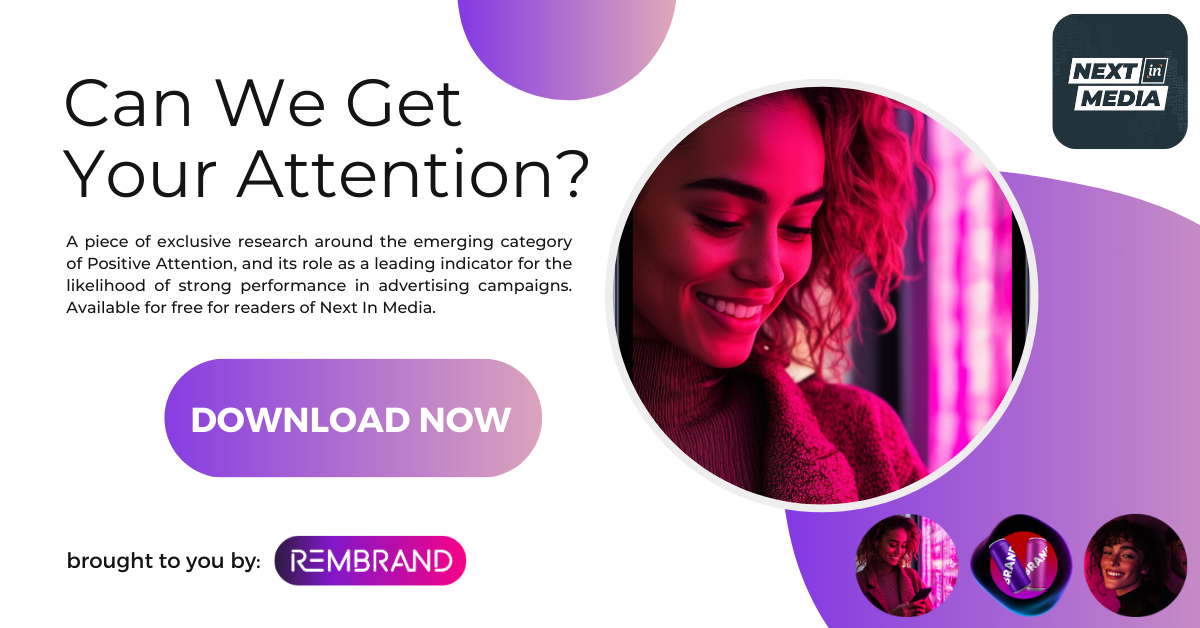Inside the Heated Battle For TV-Screen Real Estate
Streamers and studios are constantly vying for your attention
Over the past year or so - besides the ascendance of YouTube on the TV screen -FAST services like the Roku Channel and Tubi have exhibited some of the most impressive growth in streaming.
This has occurred even as well-financed, paid services from media giants like Max and Peacock have struggled to grab meaningful share - at least according to Nielsen’s The Gauge report.
Could it be in part because these services are better at working (or paying) their way onto the home screens of the major TV operators?
Or do those TV-makers have their thumb on the scale, so to speak?
It’s an interesting question I had when reviewing data from Looper Insights, a startup that focuses on data and analytics in the under-the-radar TV Operating System world.
As Lucas Bertrand, Looper’s Founder and CEO explained it, the various TV OS players - Samsung, Amazon, Roku, Apple, LG, Vizio, Android, etc. - all do things a bit differently when it comes to promoting apps to download and shows to watch. Some sell home screen ad space, some have ‘editorial recommendations’ and many have both.
Regardless of how they do it, the space is finite and the battle for visibility is fierce.
“It is very intense,” he said. “You’re only going to see that screen for a few minutes. Even just getting to the app can be a challenge. There is a limited amount of real estate to block out your competition. So it’s often show against show, streamer against streamer.”
At any given moment, a just-released-on-digital movie like Minecraft could be vying against a new Paramount+ original and a streamer promoting its pricey sports rights.
For example, here’s Looper data from this past April.
Looper not only helps companies strategize their home-screen distribution and advertising plans, it looks to assign a monetary value to those exposures.
Those exposures can be powerful. For instance, Vizio claims that 51% of audiences report discovering new releases by watching trailers at home on streaming platforms.
“For studios, it starts with turning your trailer drop into a modern prime time moment,” said Sean Booker, Head of Media and Entertainment at Vizio during the company’s recent NewFront presentation.
“This is streaming's most valuable ad real estate. One click and viewers are watching your trailer, entering your app, or landing directly on your show page.”
However, here’s where it gets tricky. Ads are great, but as Bertrand explained, “editorial placements are the best bang for the buck.” And depending on the platform, in some cases brands can leverage editorial placements by spending a decent amount in advertising, while in other cases, those worlds are siloed.
When it comes to the ‘organic’ or non-paid placements - paid subscription services may be at a disadvantage.
“FAST and AVOD content often benefits from being easy to promote, especially for platforms looking to drive engagement quickly,” he said.
That’s because, as Bertrand explained, TV OS makers want to make their users happy. And instead of shoving a paywall in their face, people really like free.
So could that explain how some of the FASTs have soared, while non-Netflix subscription players have stalled? Well, it kind of depends. “Success in editorial versus paid placements isn’t determined solely by whether a service is free or SVOD,” Bertrand added. “It comes down to visibility strategy, timing, partnerships, and knowing how to position titles to maximize appeal within each platform’s UI.”
It’s complicated - and may become more so. According to Tony Marlow, Chief Marketing Officer for LG Ad Solutions, his company has tracked 3x growth in consumers turning to FAST services, due in part to consumers feeling “streamflation,” he said.
Marlow predicted that competition for TV OS eyeballs is only going to become more heated, as AI makes these services smarter. “In the past, content recommendations were stuck in the app,” he said. “That’s changing. People will soon be getting personalizing recommendations engines based on their voice, and you’ll be able to seamlessly go into your app and your profile [and find shows].”
Meanwhile on the ad front, Marlow predicted that CTV search ads may be the next paid media frontier, and could scale quickly a la Google AdWords.
Of course, plenty of people will simply jump right into Netflix or YouTube or their favorite app. But for those nights when you can’t pick a show or movie, the home screen could prove more pivotal.
In the meantime, it’s up to TV makers, showrunners and studios to navigate the ever-changing, increasingly important TV OS battlefront. And for the TV makers, it’s an existential question for them: do they become a dumb pipe or a gatekeeper?” asked Bertrand.
Here are some interesting current findings, according to Looper:
Apple TV is much more editorial driven than other platforms. Yet while Apple has been aggressive in marketing its shows and services, its TV OS seems to be far less of a priority
Amazon, Roku are the easiest OS makers to work with from an ads perspective. “Roku monetizes better than the OEMs,” he said.
That said, some platforms naturally favor their ‘own’ content and services; “Prime Video and Apple, they give themselves a lot of love.”
Smaller streamers like AMC+ and BritBox seem to have to pick their spots when trying to find subscribers, focusing mostly on Roku and Amazon Fire
With Walmart acquiring Vizio, “Walmart is Roku’s number one retailer. What’s going to happen there?”




